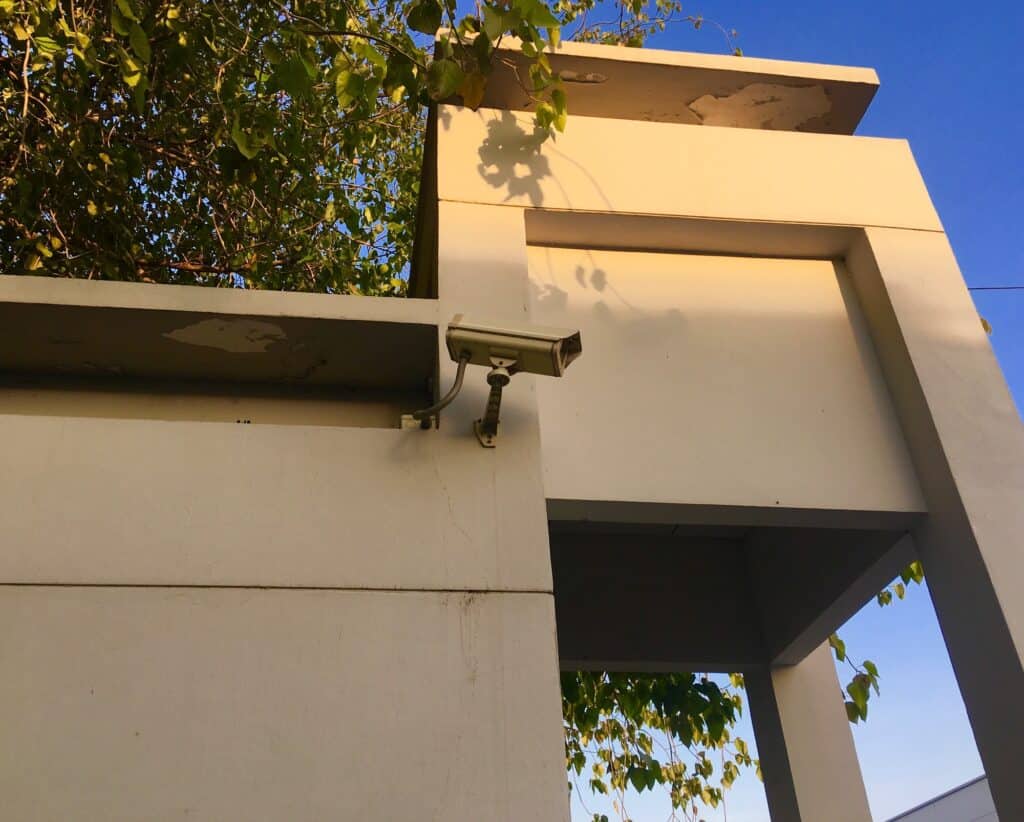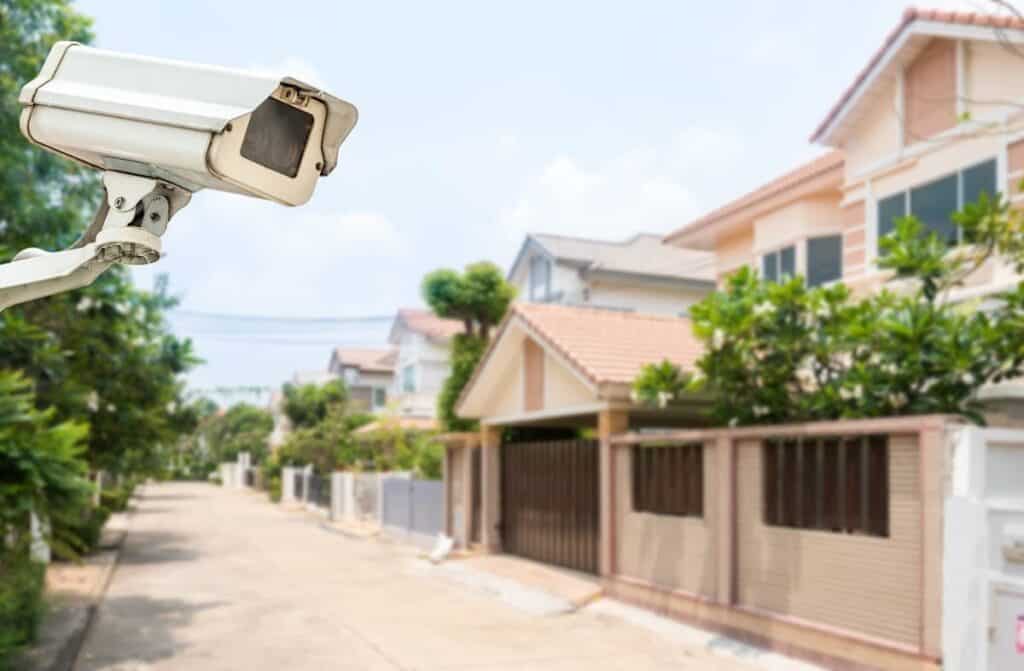Whether it’s a far corner of your car lot, or a shut-down construction site, video surveillance can help you surveil and respond to problems at any point of entrance or exit on your property.

Uncertain times reverberate all throughout an economy, with results like increased crime, growing unemployment, and declining business revenues. It also impacts property ownership, whether individual or commercial.
The rise in vacant properties signals new security problems for landlords and property owners. Construction firms that stopped work during business shutdowns are facing new security concerns. Retail properties are sitting empty, while vacation property rentals have stalled. Even hotels and convention centers don’t have anywhere close to their normal capacity.
All of these trends signal that security for vacant properties is now high on the list of worries for commercial business owners. What are the risks of having a property lie vacant, and how can you shore up your vacant property security?
Damage from rodents or other animals.
Risk of fire or explosions from unattended gas leaks.
Mold from damp buildings.
Fire from electrical defects or arson.
Flooding from natural disasters, an internal pipe leak, or a sewer backup.
General undetected and unrepaired deterioration.
Lightning or storm damage.
Smoke from adjacent wildfires or property fires.
Sprinkler leakage that goes undetected.
Squatters living in the building.
Theft of building materials like copper piping or air conditioning units.
Vandalism or other intentional damage.
Vacant Property Security Tips

The goal of securing a temporarily unoccupied job site or vacant building should be threefold:
- Monitor and deter any unwelcome visitors to the location.
- Detect problems immediately, whether it’s a fire or a break-in.
- Manage lawful entry into the building and ensure safety.
One common way to monitor your property — or properties, if you own several — is to hire onsite guards. However, this can be prohibitively expensive, especially if you need to monitor several sites! Security cameras for vacant properties are cheaper and more intimidating for thieves. They can even help mitigate or avoid damages in the event of a natural disaster.
Whether it’s a far corner of your car lot, or a shut-down construction site, video surveillance can help you surveil and respond to problems at any point of entrance or exit on your property. Today’s sophisticated video technologies never waver in their ongoing surveillance of a property, something that a human guard simply cannot match.
Having a team of guards could mitigate your risk, but that is typically cost-prohibitive. Instead, software-enabled video surveillance tools can be the eyes and ears of your property 24/7, protecting, monitoring, and responding to problems in real-time. Here’s how these tools work to keep your vacant properties safe.
Video Surveillance for Top-Notch Security

While video surveillance cameras today can be unobtrusive in well-trafficked areas, they can also be placed in plain sight so that potential thieves, squatters, or vandals know you are watching. In these instances, deterrence is still the best approach for thwarting crime.
But today’s surveillance cameras can do much more than that. Security cameras are much more sophisticated than in the past; you can manage these tools from your smartphone. Today’s IP-enabled cameras use the power of the Internet to connect with a secure Wi-Fi signal and transmit data directly to your device. You can log in and literally access everything you need on-the-go 24/7. These tools let you:
- Change the direction of the camera.
- Check the status of your onsite equipment.
- Arm or disarm a camera.
- Track analytics including video clips stored securely in the cloud.
These same cameras make use of artificial intelligence (AI) software to secure your vacant property. AI features allow your security system to respond in specific ways to specific parameters that you set. These cameras make use of smart technology to provide personalized alerts to relevant stakeholders, while integrating with existing alarm systems to notify the police or sound an onsite alarm. Here is a typical workflow of how AI video surveillance can maintain and secure a vacant property you own:
- Cameras can be programmed to focus on specific geographic areas on the property and alert security if a human enters that zone.
- The camera is smart enough to recognize when the human is just outside the zone (no response) but can zoom in to capture footage when the perimeter is breached.
- Not only will the AI software record HD images of the intruder, it can sound a loud alarm, flash lights, alert the police, and ping your cell phone that there is a problem.
AI-powered IP-enabled video security solutions have clear benefits for your vacant properties, including:
- No hardwiring means reduced installation costs.
- Better security features that are sophisticated enough to reduce false alarms.
- Cloud-enabled storage for 24/7 monitoring.
- No need for onsite data storage on a traditional DVR.
- Easier ability to scale up and add more cameras.
- Real-time response.
Today’s cloud-based video surveillance tools are affordable and effective ways to deter, protect, and respond to any problem at a vacant property today. Systems can send alerts to security if someone enters a property, among other options. Motion sensors can jolt the camera into action, including at night or in low-light situations. High-end computer algorithms mean security experts can program these tools for maximum efficiency with the touch of a button.
Video Guard Pro for your Vacant Properties
Today, property owners are faced with increasing challenges. With Video Guard Pro, you will never have to worry about your investment falling prey to theft or vandalism..
Protect your property when you start a conversation with the Video Guard Pro team. We are the nation’s leading provider of cloud-based security camera monitoring systems and we work hard to protect our customers every day. We can help you monitor and maintain your properties while responding to any threats that arise.
